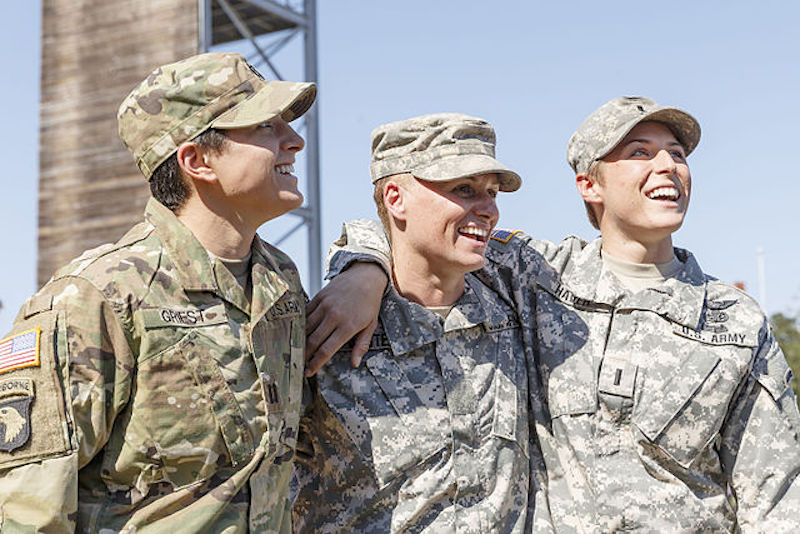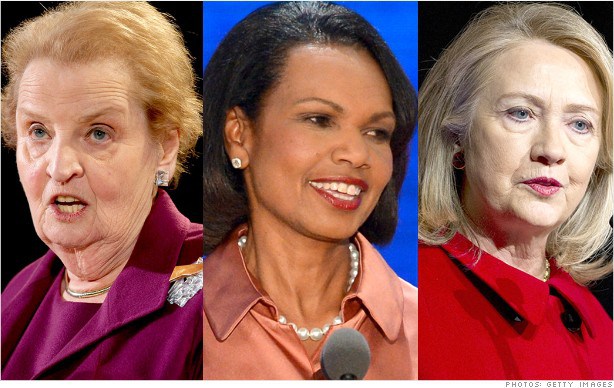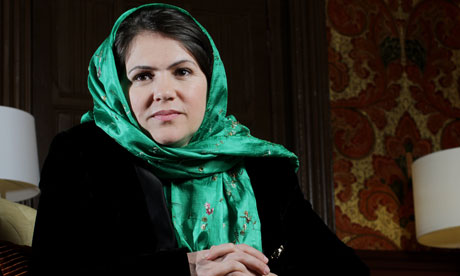In December 2015, Defense Secretary Ashton Carter announced that the Pentagon was opening all combat roles within the US military to women without exception. This legislation overturns longstanding restriction of women from some roles. A federal memorandum was issued to secretaries of all military departments, requiring all service branches to create policy for the integration of women. These plans were approved in early March 2016, and as result of this timing, April and May 2016 have seen many female firsts in combat enlistment.
For example, Captain Kristen Griest graduated from the Maneuver Captains Career Course on May 2, 2016, becoming the US army’s first female infantry officer eligible to lead troops into combat. Additionally, on May 13, 2016, Air Force General Lori Robinson became America’s first female combatant commander, taking over US Northern Command and also leading the North American Aerospace Defense Command. To act as chairman of the Joint Chiefs of Staff, the highest-ranking military officer in the US Armed Forces and principal military advisor to the President, experience serving in the role of combatant commander is required. Hence, she is also the first woman who would potentially be able to hold the position in the future.
Changes are not limited solely to the upper echelons of the military. For instance, these two months have seen Alayna Becker become the first woman in the United States to serve as a Cavalry Scout, and Ashley Wedge become the first woman from North Carolina to be sworn into the ranks of the US Army Infantry. These appointments are the first indications of the policy change taking effect across all levels of the US military.
Equally noteworthy, on April 29, 2016, President Barack Obama appointed Colonel Cindy Jebb as the new Dean of West Point Academy. With a confirmation of the appointment by Congress, she is set to become the first female Dean of the academy since its opening more than two centuries ago, marking a key milestone for both the institution and the wider military.
Despite these advances, there have been various politicians reacting against progress made towards further integration of women into the US military. Republican congressman Duncan Hunter attempted a backfiring political measure in late April 2016, where he proposed an amendment to the National Defense Authorization Act (NDAA) as part of a series of other changes to defense policy. Specifically, Hunter proposed expanding the registration for the military draft, which remains in place as a contingency plan, to include women, intending for his colleagues to demonstrate resolve against women in combat by voting against his proposal. Instead, Republicans on the House Armed Services Committee voted in favour of the amendment, helping it pass by a vote of 66-2.
Ultimately, the amendment was shelved because of House budget rules pertaining to the costs of registering women for the draft. Nonetheless, the amendment’s initial passage was a symbolic strike against the status quo of a gendered draft. Moreover, efforts to pass the amendment continue, as the Senate Armed Services Committee has included a similar amendment in its version of the NDAA, which has seen bipartisan support.
Collectively, these policy developments appear to indicate an increased demand in the drive for greater gender representation in the US military. While there has undoubtedly been some pushback, attitudes towards gender equity in the military are changing slowly but surely. Politicians and those in the military alike are beginning to understand the value of different perspectives and skill sets that women can bring to combat positions.
At his address to the 2016 West Point graduating class, Vice President Joe Biden emphasized the importance of greater diversity in the armed forces, stating that “having men and women together in the battlefield is an incredible asset, particularly when they’re asked to lead teams in parts of the world with fundamentally different expectations and norms.” April and May have been eventful months for gendered advocacy within the US armed forces. It is vital to ensure these women’s stories of progress are recognized as distinct contributions towards shifting the gendered status quo.
Photo: Major Lisa Jaster, First U.S. Army Reserve Female Ranger (2015). By Paul Abell/AP Images for U.S. Army Reserve. Public Domain.
Disclaimer: Any views or opinions expressed in articles are solely those of the authors and do not necessarily represent the views of the NATO Association of Canada.




